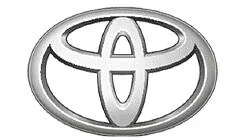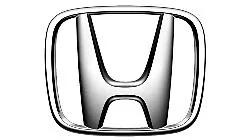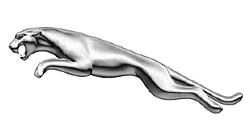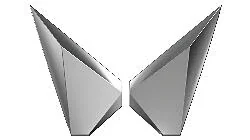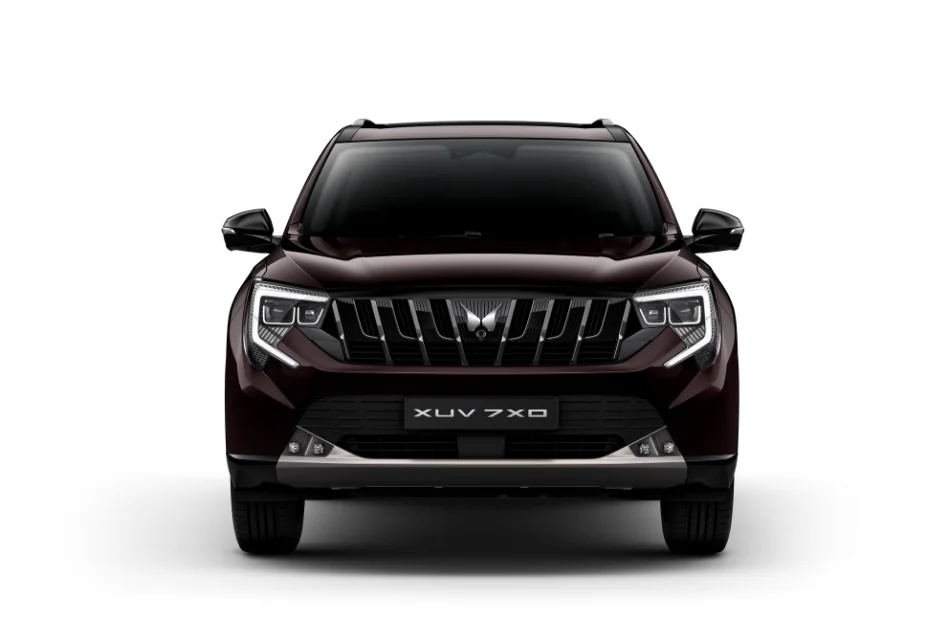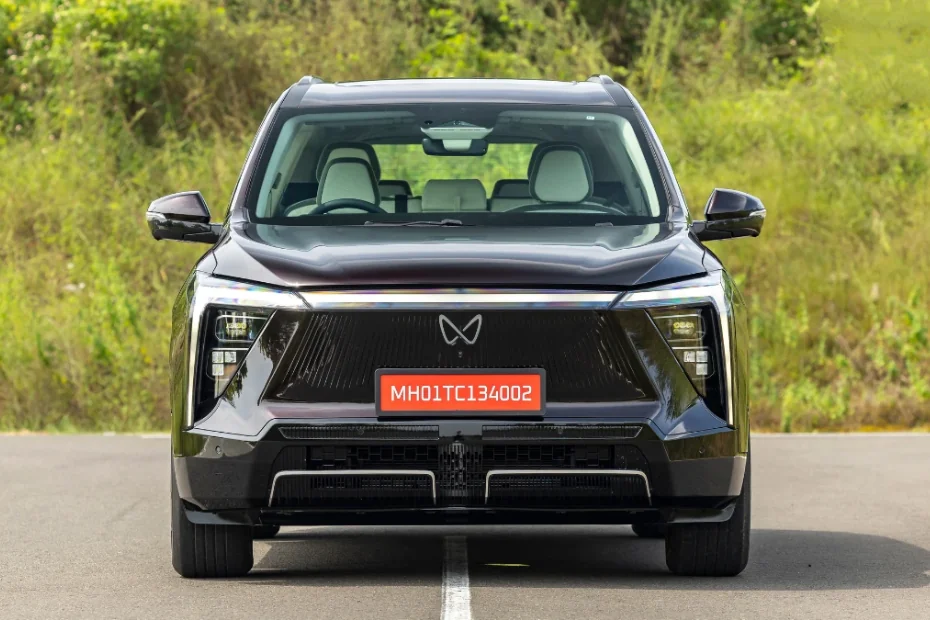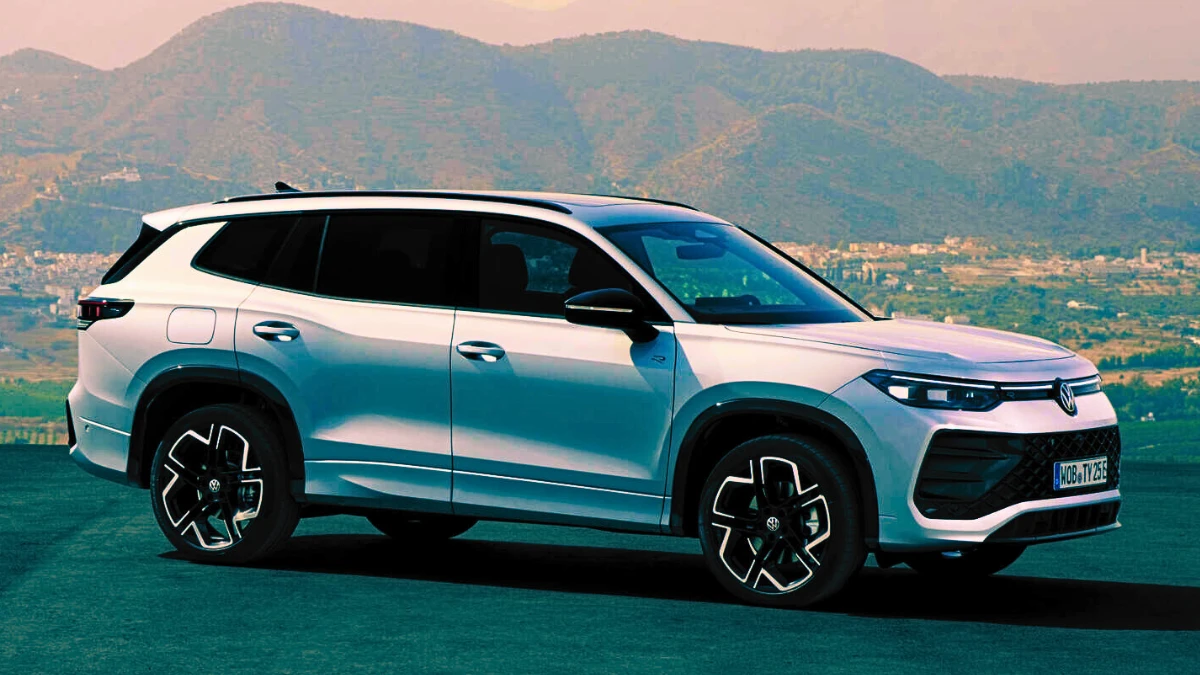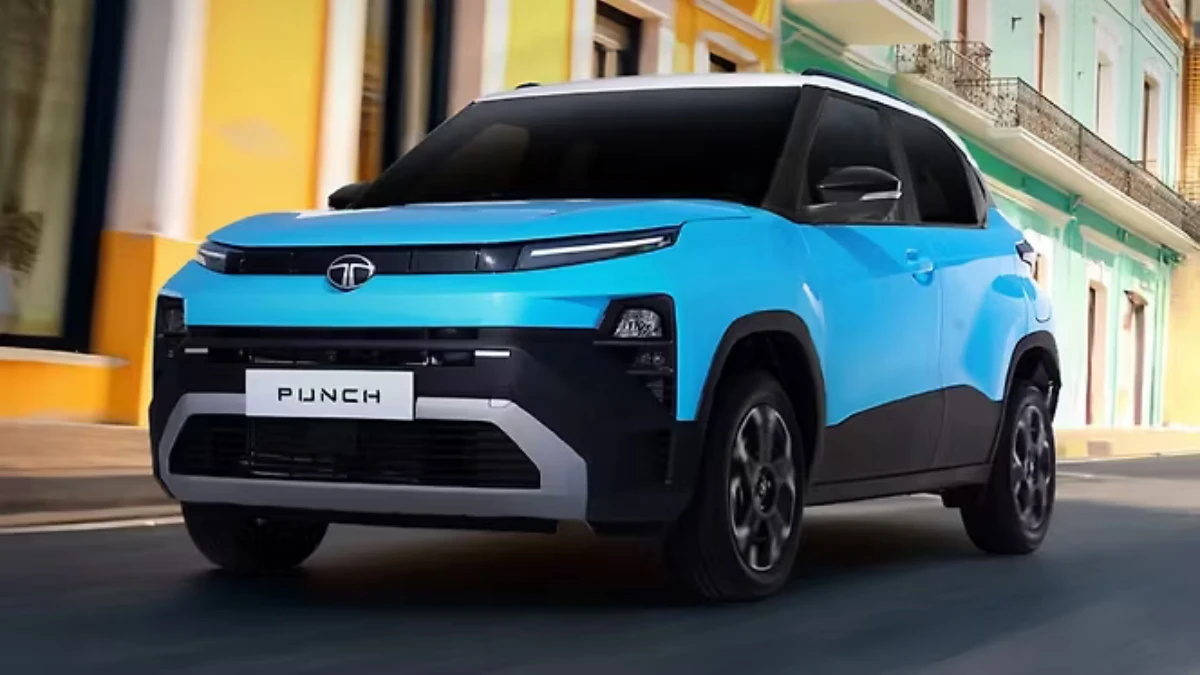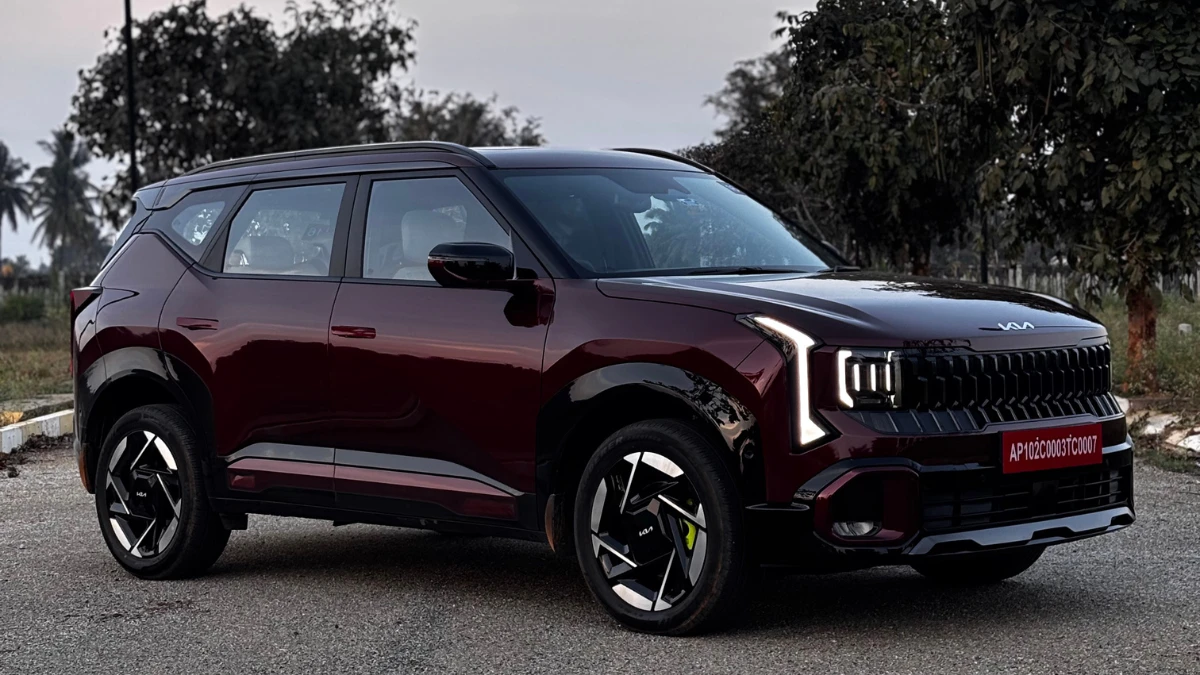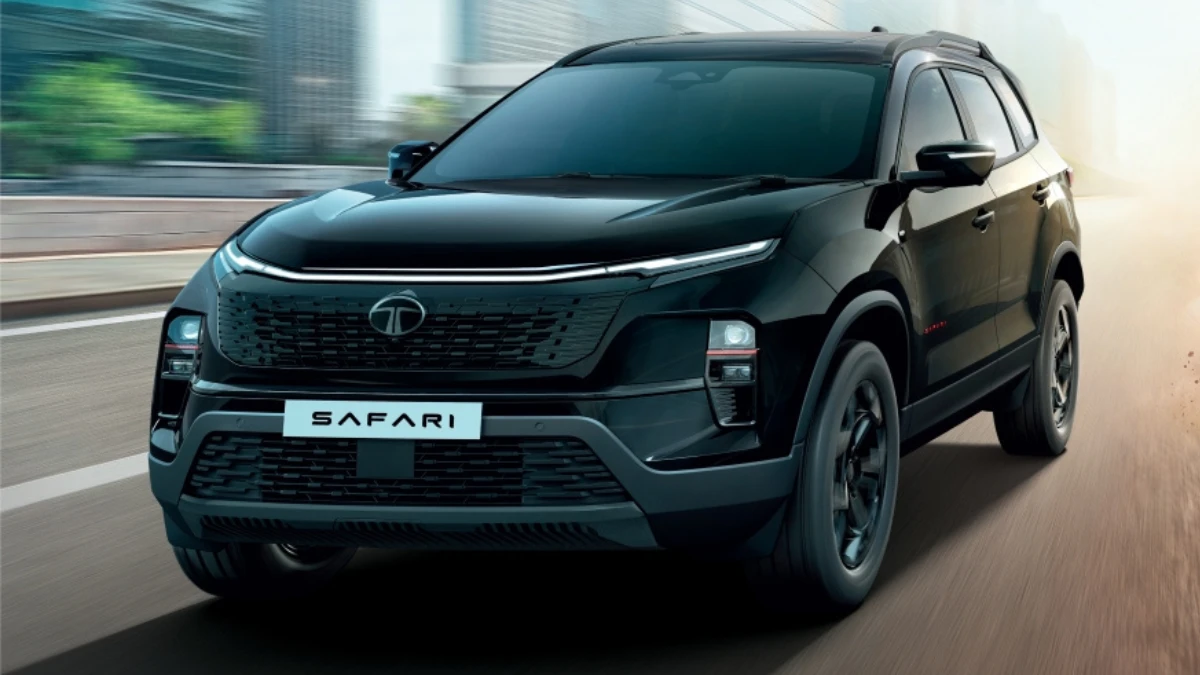
One year into its lifecycle, does the Maruti Suzuki Celerio make sense in the highly competitive budget hatchback segment. The car offers a fresh flavour, but does it pack the punch to be the first car of many new car buyers and take on its siblings like the Alto K10 and the WagonR at their game? Let’s find out.
|
Pros |
Cons |
|
|
In many of our families, the first car to grace our garages often will be a Maruti. A strong contender in the budget hatchback segment, Maruti Suzuki has captured around 80 percent of the market. Currently there are 6 models under Rs 5.5 lakh (ex-showroom) in the company’s line-up, making up for bulk of the sales witness by the brand. With each model offering something of its own, how does the all-new Celerio fit in? We try to answer this question in this expert review.
Maruti Suzuki Celerio: Exterior Design

Launched at the start of 2014, the Celerio started a new innings for Maruti Suzuki after a few years in the Indian automobile market. Built on a dedicated new platform, the car was developed by a team of over 175 designers and engineers for both the local and international market. A compact car with clean lines, the Celerio looked like a proper big car with sharp lines and appealed to the majority. This popularity soon put it on the list of top 10 cars sold in India every month.

For 2022, the Celerio was upgraded to the popular HEARTEC platform, which also underpins several other models in the company’s line-up. The new generation car also moved away from the old school look and adopted the new 3D organic sculpted design for the 2022 model. The current design features more curves making the new car look more elegant.

Unlike the old model that differentiated itself from the rest of the line-up, the front-end of the new car is a mix between the alto and the Wagon R. The four-wheeler features a large grille up top, flanked by round headlamps. Like other small Maruti car models, the Celerio offers a sleek chrome bar running along the centre split by the large brand logo. Lower down, the car gets a new muscular bumper that houses a pair of new fog lamps and a new air dam.
From the side, one can witness the new design 15-inch alloy wheels along with the tall boy stance of the Celerio. At the rear, it features inverted comma shaped tail lamps along with a curvaceous boot lid. Overall, the new design of the Celerio is fresh, but nothing to talk home about.

Talking about the dimensions, the new model maintains the overall length but has grown in terms of width (55mm) and wheelbase (10mm). The Celerio now measures 1655mm in width with a wheelbase of 2435mm. The height of the car has reduced by 5mm to measure 1555mm, while the boot space has been increased to 313 litres up from 235 litres of the previous model.
Despite all these changes, it is the old (2017 to 2021) Celerio that appealed to us more with its uncomplicated looks. Busy is the easiest way one can describe the new Celerio.
Read Also: Hyundai i20 N-Line: Expert Review
Maruti Suzuki Celerio: Interior Layout and Features

Another area where the new Celerio is starkly different for the now discontinued model is the cabin layout and features. Gone are the days of the dual tone flowing dashboard, the new cabin comes decked with an all-black theme and a stepped, mechanical looking dashboard. While the old beige and black made the cabin more appealing, the new theme makes it feel cheap and plasticky despite adding more equipment.

Much like the exterior, the interior of the Celerio is a mix between the Alto and the WagonR. Bits like the speedometer, steering wheel, AC controls and the central touchscreen housing unit are all a straight lift off from the WagonR, while the central AC switches are an adaptation from the Alto.

Despite measuring larger than the outgoing model, the new Celerio does not exude space on the inside. It feels more cramped at both the front and the rear despite the thin door cards that are meant to liberate cabin space. In addition, the front seats are not large enough to accommodate both the driver and co-passenger comfortably. The unnatural window switch placement also requires getting used to, adding to the complexities of owning the car. Hence, we would once again prefer the old cabin over the new one.
Read Also: Skoda Slavia 1.0 TSI AT: Expert Review
Maruti Suzuki Celerio: Powertrain and Performance

For 2022, the Maruti Suzuki Celerio comes powered by the updated 1.0-litre K10C petrol engine producing 66bhp and 89Nm torque. This unit comes mated to either a 5-speed manual or 5-speed AMT transmission. Compared to the outgoing K10B engine, the new model is down on power (1 bhp) and torque (1 Nm). The BSVI compliant engine is now provided with Idle Start/Stop function which helps enhance the fuel efficiency figures. During our run in the city, the car comfortably returned up to 16 kmpl with the AMT gearbox.
The old Celerio was the first to introduce AMT in the country. While the system came with its caveats, it did add some flexibility and comfort into the lives of its owners. In its latest iteration, the new Magneti Marelli powertrain has received significant upgrades from the previous models. While it is not perfect, the shift quality has improved significantly. There is still a significant lag when shifting gears which can catch a new driver off guard, but when driving with a light foot, it can work well giving you the best in terms of shifts and performance. In addition, the hill-hold assist helps AMT models from rolling back on inclined surfaces, a problem that often-caught previous Celerio AMT owners off-guard.

While the overall gearbox has improved, what feels like a step backwards are the gear ratios. The vehicle tends to stick in lower gears until the red-line and then shifting abruptly skipping gears. This constant up and down shifts at speeds less than 50 kmph produces a head nod effect, which takes away from the overall drive quality. Excluding this, the Celerio is a decent car from the driver’s seat. The seat is positioned high up giving a good view of what’s ahead. The suspension set-up is a bit soft to aid comfort, but the lack of insulation does not aid the in-cabin experience. One place where we felt the old Celerio was better than the new one was in terms of handling. The steering of the old model, felt more weighted and direct in comparison, instilling more confidence. The new light steering wheel from the WagonR feels lacking in both feel and feedback hampering the enthusiastic drive that one enjoyed previously.
Read Also: Volkswagen Virtus – Expert Review
Maruti Suzuki Celerio: Verdict
.jpg)
So, coming back to the previous question, where does the new Celerio fit in Maruti Suzuki’s budget line-up? Well nowhere. While it does do certain things better than other budget Maruti models like the Alto K10 and the WagonR, it does lack in feel (interior and exterior) in comparison to the old Celerio. So, for almost Rs 5.25 lakh (ex-showroom) for the base variant, the new Celerio does not feel value-for-money like other budget Maruti Suzuki models. Hence, we would suggest you look at models like the Alto K10 VXI+ or the S-Presso VXI+ at this price point.
About Author
An MA in Automotive Journalism graduate from Coventry University, I possess good technical knowledge about automobiles along with a good grasp on automotive news and features writing. During my MA, I have also tried my hands at Public Relations and worked on a live PR project for Ferrari UK. Since then I have served in many roles like content writer and social media manager at big media brands like Haymarket Media Group and PowerDrift. In addition, I have also done freelance work for FormulaRapida.net in Motorsports and Pin365 in automotive.
Top Car Brands in India
Top Car Brands in India
Trending Car News in India
Trending Cars in India
Trusted Dealer
All Over India
Irresistible Offers
Stay Updated, Pay Less
Compare Cars
Choose the Right Car
Easy Finance
Multiple Finance Options

Monday - Saturday
10:00am - 6:30pm
+91 7947722777, +91 7479000444, +91 9311718549
contact@carlelo.com









